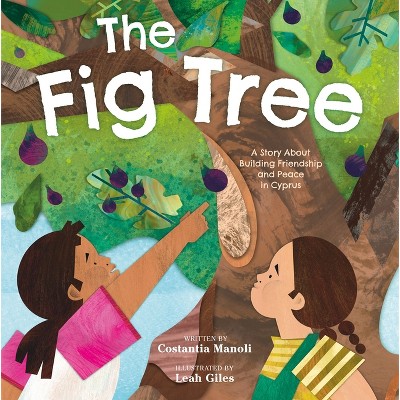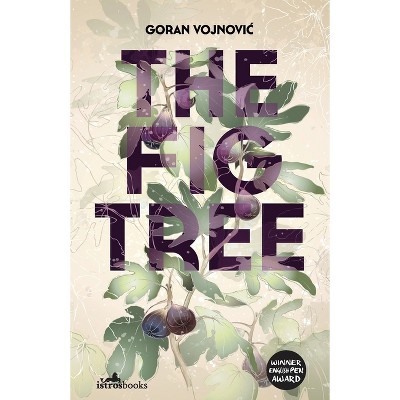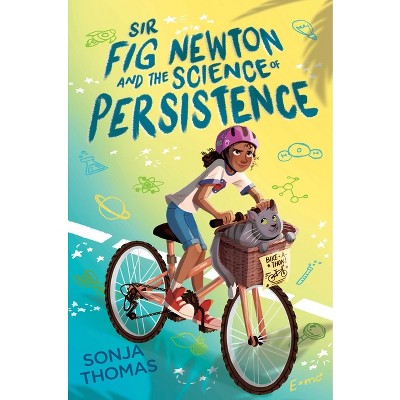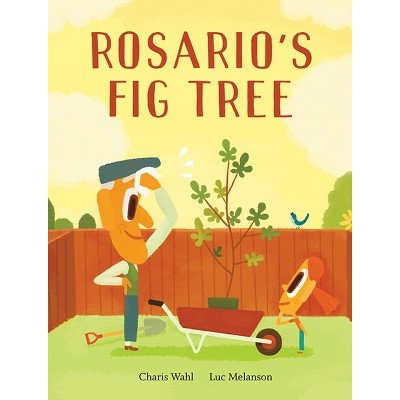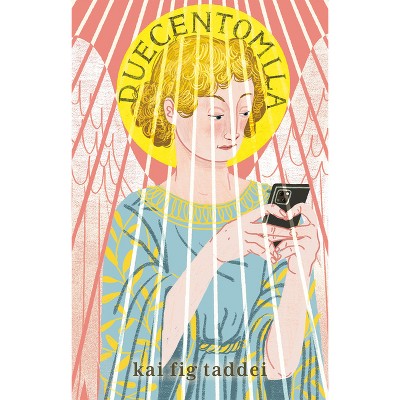The Fig Tree - Large Print by Heather Lonczak (Paperback)

About this item
Highlights
- 'The Fig Tree' is a story about a little girl, Lydia, and her grandfather-who elegantly imparts a message of gratitude using the example of the backyard fig tree: 'Ms. Figgy.'
- 3-8 Years
- 8.5" x 8.5" Paperback
- 34 Pages
- Juvenile Fiction, Family
Description
About the Book
'The Fig Tree' is a story about a little girl, Lydia, and her grandfather-who elegantly imparts a message of gratitude using the example of the backyard fig tree: 'Ms. Figgy.'
Book Synopsis
'The Fig Tree' is a story about a little girl, Lydia, and her grandfather-who elegantly imparts a message of gratitude using the example of the backyard fig tree: 'Ms. Figgy.' As she returns home from a hard day at school, Lydia seeks the solace of her grandpa who is resting beneath the tree. Once she recounts the events of her day, Lydia's grandfather describes how he cares for the tree-likening its need for TLC to that provided to Lydia by her parents. As she listens, Lydia begins to forget about her own worries and instead takes notice of how Ms. Figgy has nurtured all sorts of critters with food and shelter throughout each season. And, with Grandpa's help, Lydia also reflects upon the many ways in which the tree has enhanced her own life since she was a baby. By illuminating the strength and majesty of the tree, Lydia begins to see it as so much more than just a tree. With its stunning illustrations, 'The Fig Tree' gives a young girl a new perspective on an old tree she had taken for granted; instead, seeing it through a lens of gratitude and wonder. Children will enjoy the artist's attention to detail while gaining an appreciation for nature, as well as the touching relationship between Lydia and her grandpa.If you liked this story, please consider leaving a review!
Review Quotes
Kirkus Reviews
"This intergenerational lesson smoothly encourages readers to share a girl's gratitude for the natural world."
A grumpy girl learns an important lesson from her grandfather about a special tree in this picture book.
After a bad day at school, Lydia joins her grandfather sitting under a fig tree. He describes how he spent his day pruning and caring for the tree. Lydia can't quite understand putting so much effort into looking after the tree: "Why go to all of that trouble for something that just stands there not doing much of anything?" But as her grandfather recounts the way the tree has sheltered him over the years, the delicious food made from its fruit, and the beauty it brings to the yard in every season, Lydia realizes how special it is. And as she develops an admiration for the tree, she discovers that she no longer feels grouchy. Lonczak's meditative text uses a simple enough vocabulary for independent readers to peruse comfortably. The slow pace and focus on appreciation make it a good choice for bedtime or gratitude-centered classroom reading. Varjotie's soft-edged illustrations, which feature cartoonish animals and light-skinned humans against painterly backgrounds, match the relaxed tone. Lydia's facial expressions seem to let go of her grumpiness much earlier in the images than the text, but the connection she feels to her grandfather, who helps her learn to really see the tree, comes through clearly. A reference to Lydia's Spanish-speaking father in the soothing tale pays tribute to mixed-heritage families.
Foreword Reviews
"The Fig Tree is an adorable picture book in which a girl learns to feel grateful for nature's gifts."
Heather S. Lonczak's picture book The Fig Tree: A Lesson in Gratitude takes a gentle approach to teaching the interconnectedness of humans and nature.
After a bad day at school, Lydia finds her grandfather sitting under the fig tree in their backyard. She asks him why he works so hard to maintain the tree. In the pages that follow, he tells her all of the ways that the tree supports her, from a branch that held up her baby swing, to its fruit in her favorite snack, to its autumn leaves that attract monarch butterflies during migration season. By the end of their conversation, Lydia's mood has improved, and she's realized how grateful she is for the tree.
Though it reads most as an ode to nature, the book touches on gratitude, too, when Lydia thanks the tree at the end of the story. Lydia's grandfather imparts valuable lessons via touching examples of how the tree has shaped Lydia's positive memories. His contributions are balanced by Lydia's curious questions. One or two examples of the tree's support come on each page, resulting in a relaxed, engaging pace.
The book's edge-to-edge illustrations depict Lydia, her grandfather, and the tree in various stages of the family discussion. The pictures are cohesive and thoughtful. Their backgrounds and foregrounds are developed in beautiful layers; there are thought bubbles and cute details, too. The natural landscape teems with uplifting colors; there are various birds, bugs, and other critters, and shifting colors in the tree's leaves match the changing seasons. Grandpa and Lydia's large eyes and the details of their wardrobe and faces are endearing and sweet.






